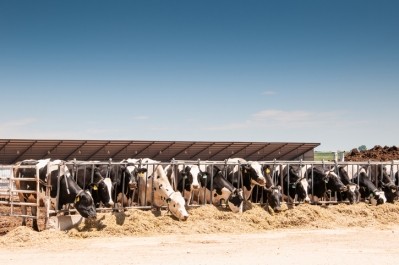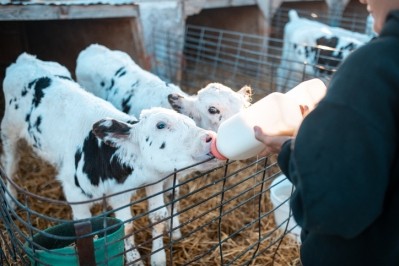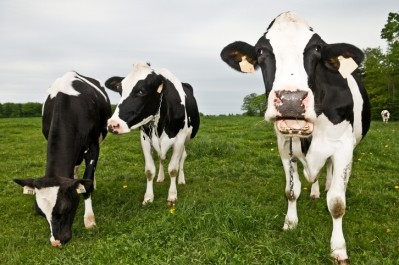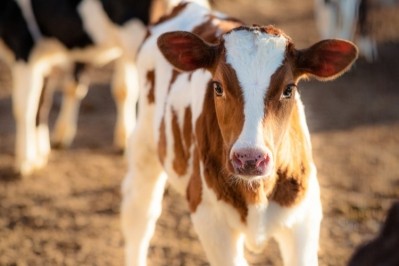Critical connection: The peril of poor pre-calving nutrition on colostrum quality
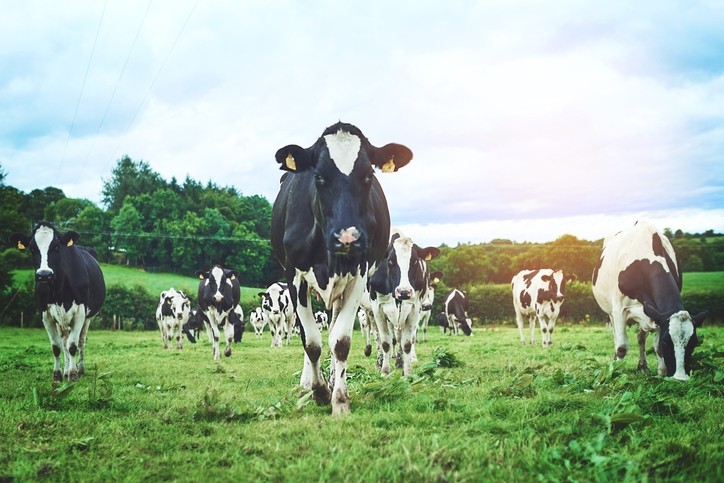
Difficult weather conditions last summer and the production of poorer quality silage on many farms as a result may have a negative effect on the quality of this vital feed this spring, Teagasc dairy specialist, Stuart Childs, told farmers attending a recent Teagasc/Animal Health Ireland (AHI) CalfCare Event in Cork, Ireland.
Ireland suffered a prolonged dry spell in late May through to June 2023.
If the protein or energy level of the feed that cows are consuming before they calve is low, colostrum quality will be compromised, said the Teagasc representative.
Colostrum, which is the first milk produced after the cow gives birth, is vital to the newborn calf because it contains antibodies, which provide immunity as well as being rich in energy and nutrients that are essential for growth.
Best practice to feed calves is the Colostrum 123 rule, a three-step feeding regime where colostrum from the first milking should be used for the first feed, within the first two hours of life and at a feeding rate of at least three liters, he said.
Childs told FeedNavigator: “The effort to get colostrum into calves by following the Colostrum 123 rules would count for nothing if the colostrum being fed to the calf wasn’t of sufficient quality.”
He advises farmers to evaluate their silage and to act if the crude protein in the silage is below 12%.
He added: “If there is low protein in their silages, they would need to consider introducing some supplemental protein to ensure that colostrum will be of good quality to confer immunity on calves when fed.”
A good indicator of insufficient protein within the diet prior to calving, Childs added, is cows not producing significant quantities of colostrum at the point of calving, but he noted that this can be remedied quickly through supplementary feeding for 7-10 days with a protein source prior to calving.
Teagasc is the state agency providing research, advise and education in agriculture, horticulture, food and rural development in Ireland.
Keeping the cow in the herd longer
Those attending the Cork event heard that after the calf has received all feeds of transition milk, it should be offered whole milk or a good quality milk replacer.
For farmers using milk replacer, David White, Volac, outlined how calves require 750g of milk powder per day, offered through a feeding rate of 6L of mixed milk daily (12.5% dilution rate).
“Historically, calves were fed 500g of milk powder in 4L of mixed milk each day. The thinking on this has now changed, as 400g of this powder was being used for maintenance of the calf alone, with only 100g being available for growth.
“At a feeding rate of 750g of powder per day, 400g will still be used for maintenance but 350g will be available for calf growth, which is essential if we are to reach the 0.7kg/day weight gain target.”
Highlighting the importance of this, he said: “If you feed the calf well in the first 8-12 weeks of life, then you get an extra lactation, you get more milk solids, and the cow stays in the herd longer.”
